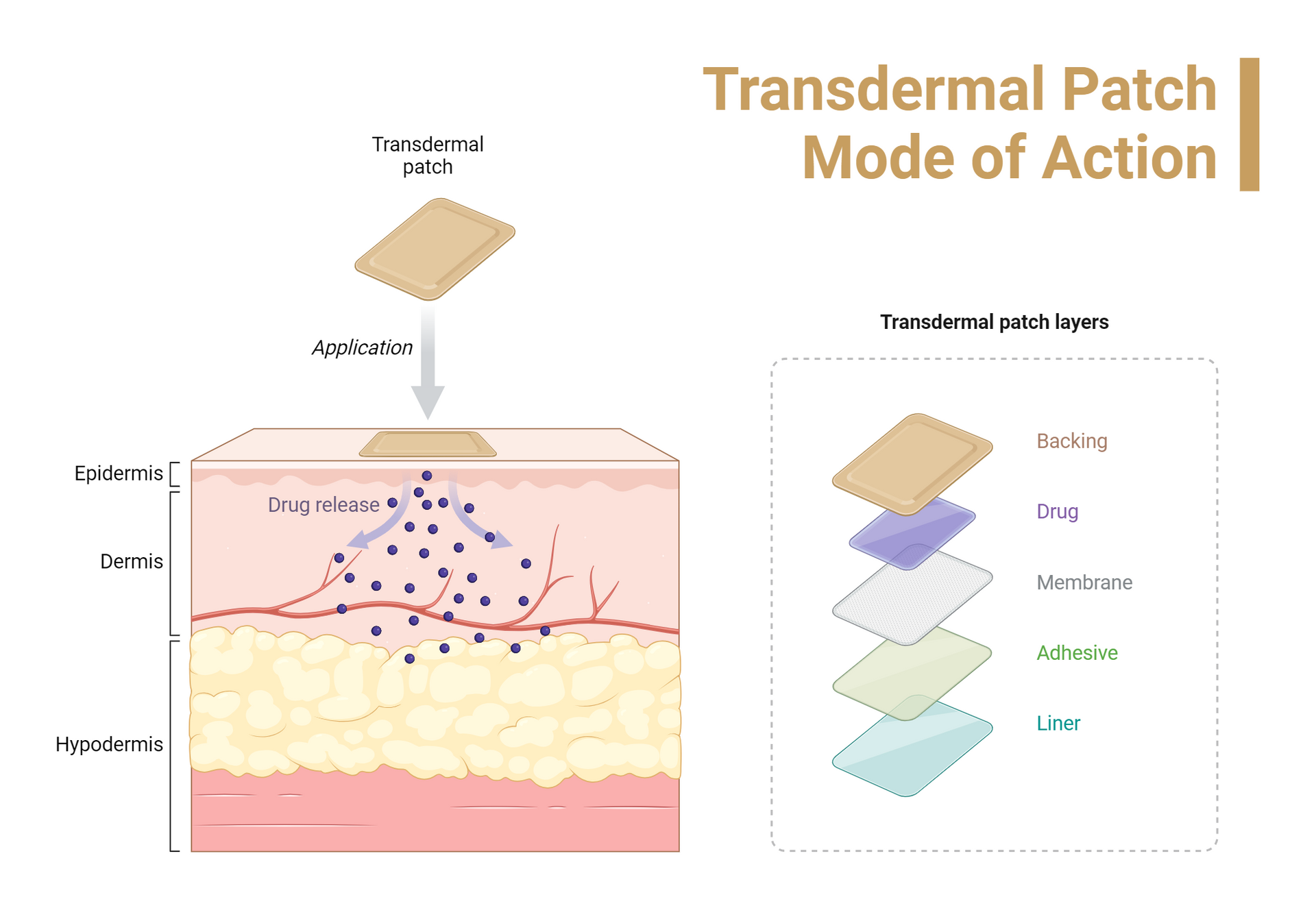Natural Approaches to Trigeminal Neuralgia | Biogetica
NEWS and EVENTS
This is a subtitle for your new post

It is also called the “worst of all pains” and “the suicide disease”. The pain can be so intense that it is difficult to manage. The pain can range from severe to sudden to stabbing to throbbing, depending on the type.
It has two branches on each side. Trigeminal because it has three branches. Three branches extend to the forehead chin and midface. The nerve carries pain and other sensations to the brain from the face. The trigeminal nerve can affect any branch.
It may be exacerbated by slight stimulation to the face such as shaving, brushing, or chewing. It is often described as a stabbing or stitching type of pain. Initially, people may only experience small amounts of pain. However, as the condition progresses, they may feel longer and more frequent pain attacks. Trigeminal neuropathy symptoms can occur in cycles. The pain may come and go for several days, then subside. Pain can be continuous in some cases. Trigeminal neuropathy can be avoided by avoiding certain foods.
Symptoms of Trigeminal Neuralgia
The pain is on the one side of your face. It can be made worse by performing the following actions:
- Shaving
- Brushing
- While doing makeup
- Chewing Your Food
- Speaking
- Touch
- A cold breeze
Pain can last a few minutes or seconds. Remissions are common. Depression and anxiety can be caused by extreme pain and the fear of severe attacks. Suicidal thoughts may occur in some cases.
Here’s a list of guidelines to help you cope with trigeminal neuropathy:
Proper Diagnosis: Consultation with a neurologist is essential to get tested and diagnosed at the earliest possible time.
Selecting the Right Therapy: Consult a doctor to learn about the various treatment options available for trigeminal neuropathy. You can also get an idea of the pros and cons associated with each.
– Here’s a quick explanation: Anti-inflammatory drugs and painkillers are used to treat Trigeminal Neuralgia. These medications provide temporary relief of symptoms. The root cause is not addressed. Natural alternatives include Ayurvedic remedies, homeopathic combinations, and dietary supplements like Cronisol-D or OM 13, which strengthen nerves and balance synapses between the nerves and bones.
Eating right: Eat with mindfulness and with the best intentions. This will improve your health. Eat more fruits, vegetables, and whole grains that are high in Vitamin B12 and Vitamin D. These nutrients help improve nerve function and prevent spasms. Avoid cold and sweet foods and drinks such as ice creams, shakes, and pastries. To relieve pain, you should adhere to a trigeminal neuropathy diet.
Diet for Trigeminal neuralgia
Items Eat Avoid Cereals Whole-grain bread, brown rice or whole-grain pasta, barley, oats, raisin-bran, oat-bran muffins, popcorn, and oat-bran muffins Bread, corn, biscuits, quick bread, and granola bars. Fruits Watermelon, papaya, orange, raspberries, strawberries, kiwi, apples, Refrigerated salsa, salad dressing, and melons. Vegetables Onions, cauliflowers, garlic, broccoli, peas corn, cucumbers, Brussels sprouts turnips. Raw vegetables Nuts, seeds, and other nuts Almonds, pecans, and cashews. Flaxseeds. Fennel seeds. Walnuts, hazelnuts, Brazil nuts, sesame seeds, Drinkwater, carrot juice, beet, and lemon juice Unpasteurized drinks Pulses Avocado oil, flaxseed oil, olive oil, and coconut oil Meat Salmon, tuna, mackerel, Fried chicken and red meat
Eat Strictly Avoid Lots of Fruit Butter, margarine, and other dairy products are made with 2 percent or full milk. Eggs, peanuts, Meat, shellfish, poultry, and eggs that are raw or under cooked. Tea, coffee, and alcohol Reduce sugar and caffeine intake by eating sweets with a creamy filling Increased intake of sugar, salt, and oily food Cream soups, cream sauces, butter croissants and rolls, cheese crackers, and butter rolls
1. Exercise:
Exercise can reduce the symptoms of trigeminal neuropathy. Consult one of our doctors at www.biogetica.com to learn safe exercises.
2. Diverting Techniques:
Instead of focusing on your pain, you should focus on all the positive things that are happening in your life. This will bring you positivity and give your life meaning. Relaxing techniques like yoga and meditation can be helpful. Take up a hobby such as reading, music, painting, writing, or sports.
3. Keep a diary:
Keep a journal and record your experiences with food, supplements, and exercise. You will be able to better understand your condition, your triggers, and what you can do to relieve it.
4. Counseling may help:
Some patients can develop depression or stress as a result of constant and excruciating pain. In such cases, a psychologist or supportive counseling can help treat trigeminal neuropathy. Here you can consult with one of our doctors to get health advice.
Trigeminal Neuralgia Treatment
The traditional system uses pain relief medications to reduce the pain and number of attacks. Anti-seizure drugs that block nerve function are used. Others prescribe muscle relaxants or anti-depressants.
Sometimes, the pain medication does not work and symptoms can be severe. Surgery may be recommended in such cases. However, it can cause other complications like scarring and the loss of other functions.
Complementary methods may also be used to relieve symptoms. Biogetica combines ayurvedic traditional herbs with advanced resonance homeopathy and nutraceuticals that are revolutionary to relieve pain. For more information about our health protocol or for expert advice on a wide range of health concerns, you can consult our doctors 24/7 at www.biogetica.com.
Copilot
Trigeminal neuralgia, often referred to as "the worst of all pains" or "the suicide disease," can cause excruciating pain that is hard to manage. This pain can vary from severe, sudden, stabbing, to throbbing, depending on the type and can be exacerbated by simple actions such as shaving, brushing, or chewing. The trigeminal nerve has three branches that extend to the forehead, chin, and midface, and can carry pain and other sensations to the brain from the face.
Symptoms:
- Pain on one side of the face, which can be triggered by actions like shaving, brushing, applying makeup, chewing, speaking, touch, or a cold breeze.
- The pain can last from a few seconds to several minutes and often comes in cycles.
Coping Strategies:
- Proper Diagnosis: Consult a neurologist for testing and early diagnosis.
- Selecting the Right Therapy: Discuss treatment options with a doctor, including anti-inflammatory drugs, painkillers, and natural alternatives like Ayurvedic remedies and dietary supplements.
- Eating Right: Follow a diet high in Vitamin B12 and Vitamin D to improve nerve function and prevent spasms. Avoid cold and sweet foods.
- Exercise: Reduce symptoms through safe exercises recommended by healthcare professionals.
- Diverting Techniques: Focus on positive aspects of life, practice relaxation techniques like yoga and meditation, and engage in hobbies.
- Keeping a Diary: Record your experiences with food, supplements, and exercise to better understand your condition and triggers.
- Counseling: Seek support from a psychologist if dealing with depression or stress due to constant pain.
Diet Recommendations:
- Eat: Whole-grain bread, brown rice, fruits, vegetables, nuts, seeds, water, and healthy oils.
- Avoid: Cold and sweet foods, dairy products, raw or undercooked meat, alcohol, and high sugar and caffeine intake.
Treatment Options:
- Traditional treatments include pain relief medications, anti-seizure drugs, muscle relaxants, and anti-depressants. In severe cases, surgery may be an option, though it carries risks.
- Complementary methods, such as combining Ayurvedic herbs, homeopathy, and nutraceuticals, can also relieve symptoms.
For more information and expert advice on trigeminal neuralgia, consult healthcare professionals and explore various treatment protocols.
For detailed guidance and support, you can visit Biogetica.




